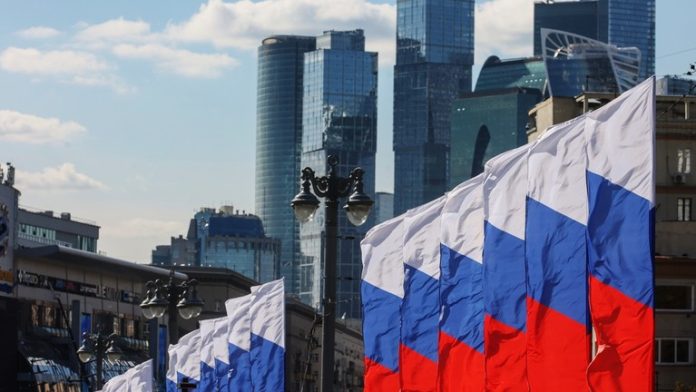|
Lazy eyes listen
|
NewsRescue
The Russian economy has proven to be far more resilient than many Western countries anticipated following the imposition of crippling sanctions, according to the New York Times on Monday.
Since the start of the military action in Ukraine, Russia’s economy has had to adapt to drastic changes at “astonishing speed,” according to the outlet.
The EU, historically Russia’s largest trading partner, has broken conventional economic relations, upending long-established supply networks, while the US “used its financial might” to freeze hundreds of billions of dollars in Russian assets and isolate Russia from the global financial system.
According to the article, the West’s “punishing” sanctions have actually aided Russia’s economic restructuring as the country “pumped money” into numerous businesses at a quick rate, “putting almost every available worker into a job and raising the size of weekly paychecks.”
“Total output, which the Russian Central Bank estimates may rise as much as 2.5% this year, could outpace the European Union and possibly even the United States,” according to the New York Times.
The central bank’s prognosis is similar to the International Monetary Fund’s newest figure, which predicts Russia’s GDP would grow 2.2% this year, up from 1.5% previously.
This followed a 2.1% drop in 2022, when international sanctions effectively shut down Moscow’s access to Western markets and cut off a chunk of its energy exports.
The impact of the sanctions was felt most strongly in the spring of 2022, when the Russian ruble fell and the central bank raised interest rates dramatically.
“But the ruble has since bounced back and interest rates have come down,” the New York Times noted, adding that Russia found “eager buyers elsewhere” for its oil, liquefied natural gas, and other raw products.
With consistent export flows, Moscow has recently begun reducing the discounts on its flagship Urals crude to the Brent benchmark, which is currently trading above the EU and G7’s $60 per barrel price cap.





